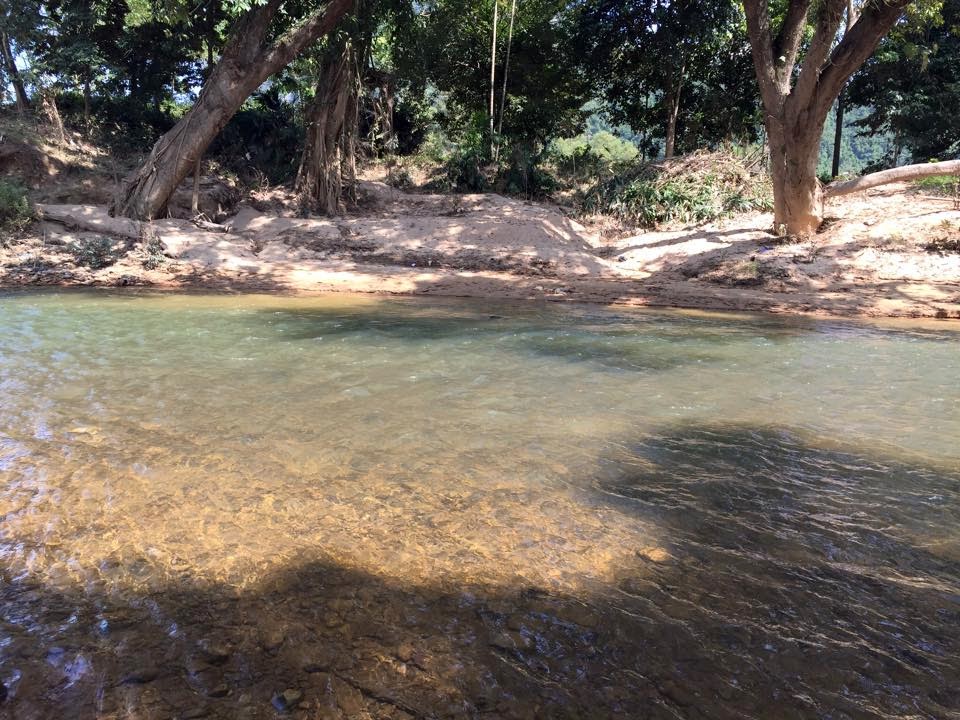By : Assoc. Prof. Ir. Dr. Zaki Zainudin, 21 March 2015
Various issues related to water pollution have arisen of late; these include matters concerning water supply, recreation as well as other beneficial uses.
Water quality degradation is essentially an increase of pollutants/contaminants in water bodies (rivers, lakes etc.). These pollutants/contaminants originate from man-made (anthropogenic) sources and as well as from natural processes.
Among the issues which have gained widespread attention :
- Water supply disruption due to elevated levels of ammonia and manganese at the Semenyih intake this year;
- Water supply disruption due to elevated levels of ammonia at the Cheras Batu 11 and Bukit Tampoi water treatment plants last year;
- Leptospirosis infections at recreational areas;
- E. coli contamination at Batu Ferringhi, Penang (last year)
Most recent, fish-kill incidences in Penang, Johor and Singapore have also caught the limelight for the wrong reasons. At the moment, there is no definitive confirmation that the deaths were due to water quality degradation.
Nonetheless, most of the time, developmental activities do incur, direct and/or indirect impact towards water quality and the environment. Pollution generation is correlated to population growth, as more and more anthropogenic activities incur pollution.
Traditionally, matters regarding pollution control have come under the purview of legislations such as the Environmental Quality Act, 1974. These regulations prescribe specific limits for contaminants before they can be discharged into surface water bodies (rivers, coastal etc.)
This is an “end-pipe” control method; meaning the source of pollution is controlled. Such a strategy has been in placed for more than 30 years.
The “end-pipe” legislative control approach has certain shortcomings such as :
1) Compliance to the limits in the regulations DOES NOT guarantee water quality of surface water bodies will be preserved.
2) Not all pollution sources have regulatory limits.
The layman may wonder, what is the point of having control limits if the regulations does not guarantee environmental preservation ? What needs to be understood is; regulatory limits are drafted after taking into consideration various factors, one of them is dilution.
For example, ammonia from a sewage treatment plant, released at Standard A compliance of the regulations, at 10 mg/L has to undergo dilution to less than 1.5 mg/L in the receiving river, before water from the river can be extracted and further treated for potable water supply. In fact, according to the National Water Quality Standards (NWQS) the level should be 0.3 mg/L (Class IIA).
Whether or not sufficient dilution is achieved, is the million-ringgit question. This depends on a host of other factors such as the size of the river, volume of pollutant, climate (dry or wet) etc.
The above approach is rapidly becoming more and more irrelevant; as pollution generation is rapidly increasing. The environment is unable to assimilate all the waste that is going in.
(In fact, in my view, the less stringent 'Standard B' of regulations should be abolished all together; it is too lenient in this age and no longer relevant)
Coupled with an increase in demand for potable water (population growth), environmental changes such as hotter, dryer seasons, and other administrative and regulatory limitations, the consequences are starting to become apparent : incidences of pollution……. again and again…….
Hence it is perhaps now necessary to consider the use of more advanced treatment systems (tertiary/polishing systems), which can achieve better treatment quality.
The usage of advanced treatment systems may also pave the way for effluent recovery and reuse; altogether avoiding the need to discharge. The treated effluent is of such good quality, it can be reused for other purposes such as process water or even in recreational water structures/features.
While it is true these systems tend to cost more, steps can be taken to reduce the cost, such as via tax exemptions/incentives. These treatment systems are not intended to generate income anyway and are there for environmental sustainability.
A paradigm shift on the side of the water resource manager (aka authorities) is also necessary. Besides control at the source, the target water quality must be given priority, because ultimately that is what matters.
There is no point enforcing regulatory control if the water quality is still degraded and cannot be preserved.
Perhaps it is time for rivers/river stretches (all over the country) to be assigned specific target quality based on the intended use (this includes conservation). These targets should then be gazetted and adopted by all agencies.
The levels in the National Water Quality Standards (NWQS) as well as Marine Water Quality Criteria and Standards (MWQCS) can be the basis of the water quality objectives/target.
In summary, conventional methods of catchment management and pollution control are becoming less effective as development becomes more rampant.
Hence adoption of advanced treatment technologies and more meaningful result oriented environmental management strategies are needed for a sustainable environmental future.



















































